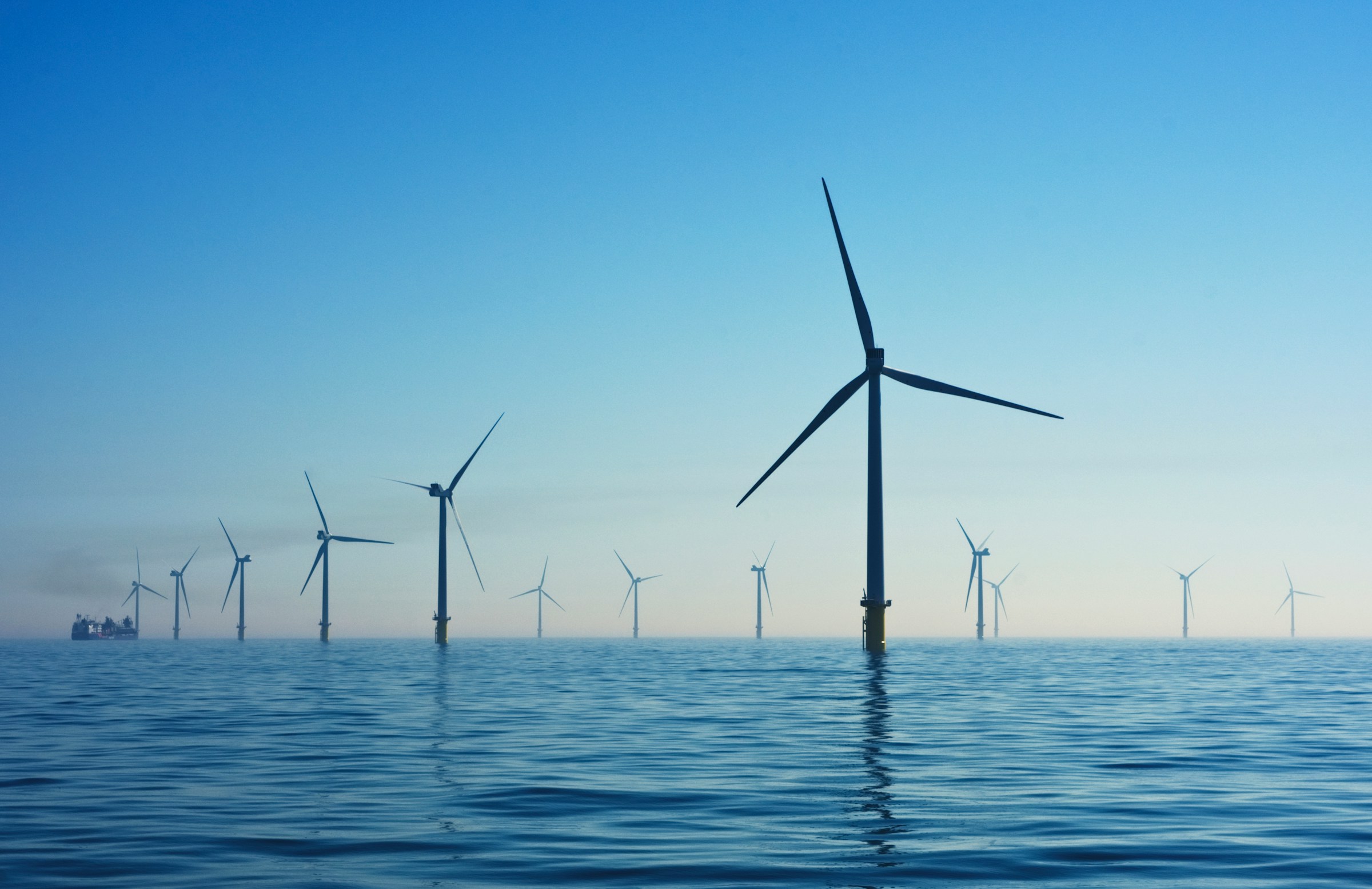According to the latest IEA monthly oil market report, US is on track to become the world’s largest oil producer in 2018. While OPEC and some non-OPEC countries such as Russia have agreed to maintain a joint restriction on crude supply for a second year in 2018, in order to curb surplus and sustain prices, the US is not participating in the deal. After having cut costs dramatically to respond to the oil price collapse of 2014-2015, US shale oil producers are enjoying a second wave of growth driven by the upward trend in prices in 2017.
US is close to overtake Saudi Arabia in crude production and might also overtake Russia, becoming the global leader by the end of this year, IEA’s analysis said. In 2018, rising production in non-OPEC countries, led by the US, is likely to grow by more than demand.
The upcoming IEA’s Oil 2018 five-year forecast report, due to be released in early March, will add further details to the changing picture of global oil supply and demand.
The forecasts of the recently released Annual Energy Outlook (AEO2018) by the US Energy Information Administration (EIA) partially support IEA’s analysis. The study said tight oil production made up 54% of the US total in 2017 and is set to remain the largest source of US future crude production. EIA predicts US to shift from net energy importer to net energy exporter in the next years, with higher crude oil prices leading to more oil and natural gas production and accelerating the transition into a net exporter by 2020.
Looking ahead to the next two decades, the future of global oil markets appears in deep transformation. According to the latest IEA World Energy Outlook, oil demand will continue to grow to 2040, albeit at a steadily decreasing pace. Together with US shale revolution, the major trends reshaping global oil balances are development of Middle East countries’ refinery capacity and the growing demand from Asian countries, mainly India and China.
The projections of BP’s latest annual Energy Outlook show demand for oil and other liquid fuels to gradually slow and plateau in late 2030s, due to a revolution in transport driven by deployment of self-driving electric cars and projected measures to reduce plastic waste. The 2018 edition of BP Energy Outlook marks the first time that BP has shown oil consumption peaking in its long-term forecasts.
Also ExxonMobil’s Outlook for Energy predicts a peak in liquid fuels use by the world’s light-duty vehicle fleet by 2030, due to a rise in electric vehicles and efficiency gains in conventional engines.






